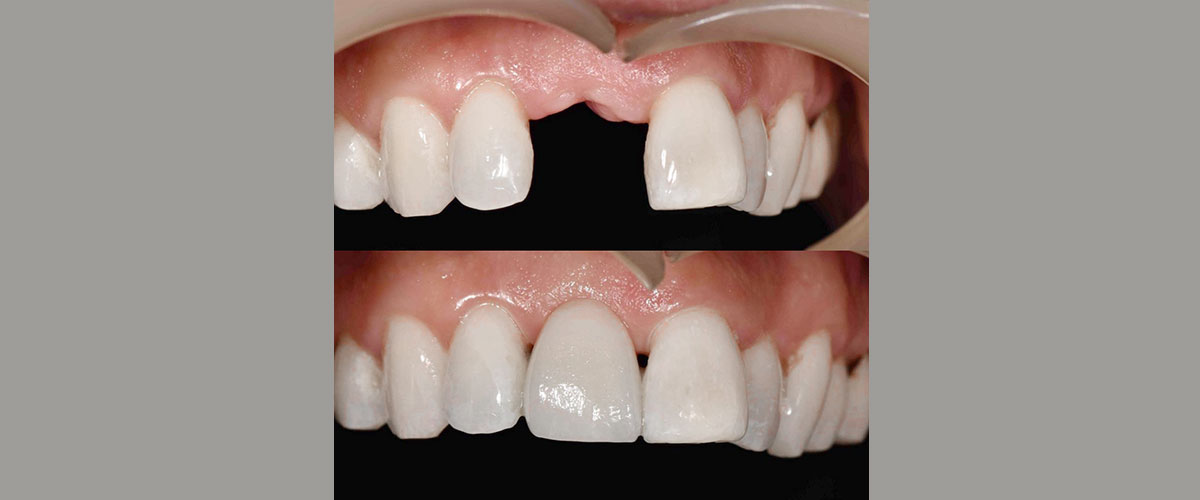The best teeth are your own natural teeth. But sometimes, a tooth is badly damaged or lost. If a tooth is lost, it is important to replace it with an artificial tooth as soon as possible. This will prevent the teeth that are left from drifting out of line and possibly causing jaw problems. Teeth that are out of line are harder to clean and are more likely to get periodontal disease (gum disease) and cavities. If one or more of your teeth are missing, your dentist may suggest replacing your missing teeth with a bridge or a denture. A denture is a removable replacement for missing teeth and the tissues connected to those teeth. It is made of acrylic plastic and sometimes porcelain and metal materials. A denture closely resembles natural gum tissue and teeth. Complete dentures replace all of the teeth, while partial dentures fill in the spaces created by missing teeth and prevent other teeth from shifting position. Complete dentures are “immediate” or “conventional.” An immediate denture is a complete denture or partial denture that is inserted on the same day, immediately following the removal of the natural teeth. The immediate denture acts as a Band-Aid to protect the tissues and reduce bleeding after tooth extraction. The conventional denture is ready for placement in the mouth about 8 to 12 weeks after the teeth have been removed and the gum tissue has healed.
What is the difference between a bridge or a denture?
A bridge and a denture are both dental prostheses used to replace missing teeth. A bridge is used to replace 1-2 missing teeth in a row, is fixed and non-removable. With current advances in porcelain technology, it can be made to look almost exactly like natural teeth. A denture on the other hand is used to replace single, multiple or all teeth regardless of positioning in the mouth. It is a removable appliance made out of acrylic or metal, and is often used in the interim for dental implants.
Do I need a bridge or a denture?
If you have missing teeth that are causing you aesthetic, speaking or eating problems, and you would be interested in an alternative to dental implants, a bridge or a denture may be an option for you. A dentist would need to assess your suitability for either one.
What is involved in getting a bridge?
After a thorough assessment of the health of your teeth and suitability for a bridge, your dentist will schedule two appointments for your bridge. During the first appointment, your teeth on either side of the space will be shaped and smoothened to allow for fitting of the porcelain bridge. Your dentist will take a 3D scan of your shaped teeth, and send it to our dental technicians to begin fabrication of the bridge. In the meantime, you will be provided with a temporary bridge made from a plastic-based material to protect your teeth in the interim. 1-2 weeks later, we will remove your temporary bridge and after checking the fit, function and appearance, we will replace it with your permanent, porcelain bridge.
What is involved in getting a denture?
The procedure for getting a denture is dependent on the material, and how many teeth we are replacing. It involves a series of short appointments spaced 1-2 weeks apart where we take a succession of measurements and fabricate the denture in our off-site lab step-by-step to ensure the highest quality of fit. On occasion, we also refer our patients to an off-site technician directly if needed.

